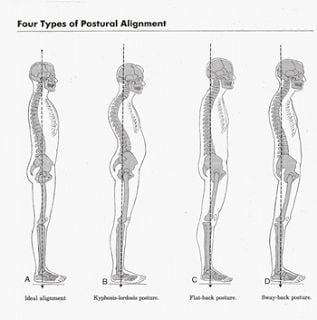BraveSpace is an embodied and co-creative social dynamic that fosters individual sovereignty within group consensus.
The COVID-19 pandemic is asking each and all of us to bring greater awareness to our boundaries. In social distancing we negotiate the relationship between our individual edges and the needs of the larger population. It’s an uncomfortable process in part because there’s no one right answer: We each contribute to group consensus at the same time that we attempt to listen to it. It’s so clear with social distancing that this negotiation is an embodied process: It’s about what I do when someone offers me a hug, a handshake, or steps in close, far more than about what I say. I use words to speak to my actions after I’ve taken them.
Below are the BraveSpace agreements as I and BraveSpace workshop participants have seen them. They’re in-formation. Becoming.
I’m offering BraveSpace Online on Saturdays and Wednesdays at noon MDT. Please join us. Offered as a gift during these curious times.
To hold BraveSpace together:
- We agree to confidentiality. What is said within the container stays within the container. Nothing should be shared outside group without discussing it with the speaker. Legally there are certain exceptions to this agreement: If you believe a reason exists to share something outside of group please speak with the group leader.
- We agree to take responsibility for our own boundaries in movement, touch, and overall participation. We practice our ability to say ‘no’, and we practice repositioning ourselves physically or socially in order to uphold the boundaries that we desire in any moment.
- We agree not to control others or otherwise force them to move, touch, or speak in a way we may prefer. We do not chase or grasp others (even if we think it’s for their gain).
- We agree to trust others to take care of themselves. To do otherwise would be in violation of agreement 3. We can graciously offer assistance to others and find out if it is accepted.
In holding BraveSpace together we will likely benefit by recognizing the following principles:
- Being Witness: In observation of each other we can generate and attune to a communal field of vitality. We practice listening, sensing, and seeing ourselves and each other. We recognize judgement when it arises.
- We are willing to be uncomfortable: We recognize that through vulnerability we are able to learn, grow, and explore. We also recognize our mortality—it is inevitable that we will be hurt, and that at times we will hurt one another. We engage with kindness, compassion, and a willingness to feel.
- We are present to the moment: We recognize that we are neither who we were nor who we wish to be. We are willing to be unattached to future experience of interaction, touch, and emotion, even though we may desire or project it.
- We are curious: We allow ourselves to inhabit the gap between knowing and not knowing. We sense and experiment; we improvise.
- We are embodied and eco-somatic: We recognize and respect the body’s inherent intelligence through the languages of sensation and movement. We recognize and respect the body as nature.
- Sexuality is different from sexual action. We may embrace sexuality in innumerable ways, including an invitation to feel what arises, and we do not engage in sexual action in BraveSpace.
- Consent is an embodied and co-creative process. We recognize that boundaries and resistance are inherent aspects of our existence. We allow our thoughts and fears of our own and others edges to inform us without taking control. We return to our bodies in order to discover what is right for us in any moment.

